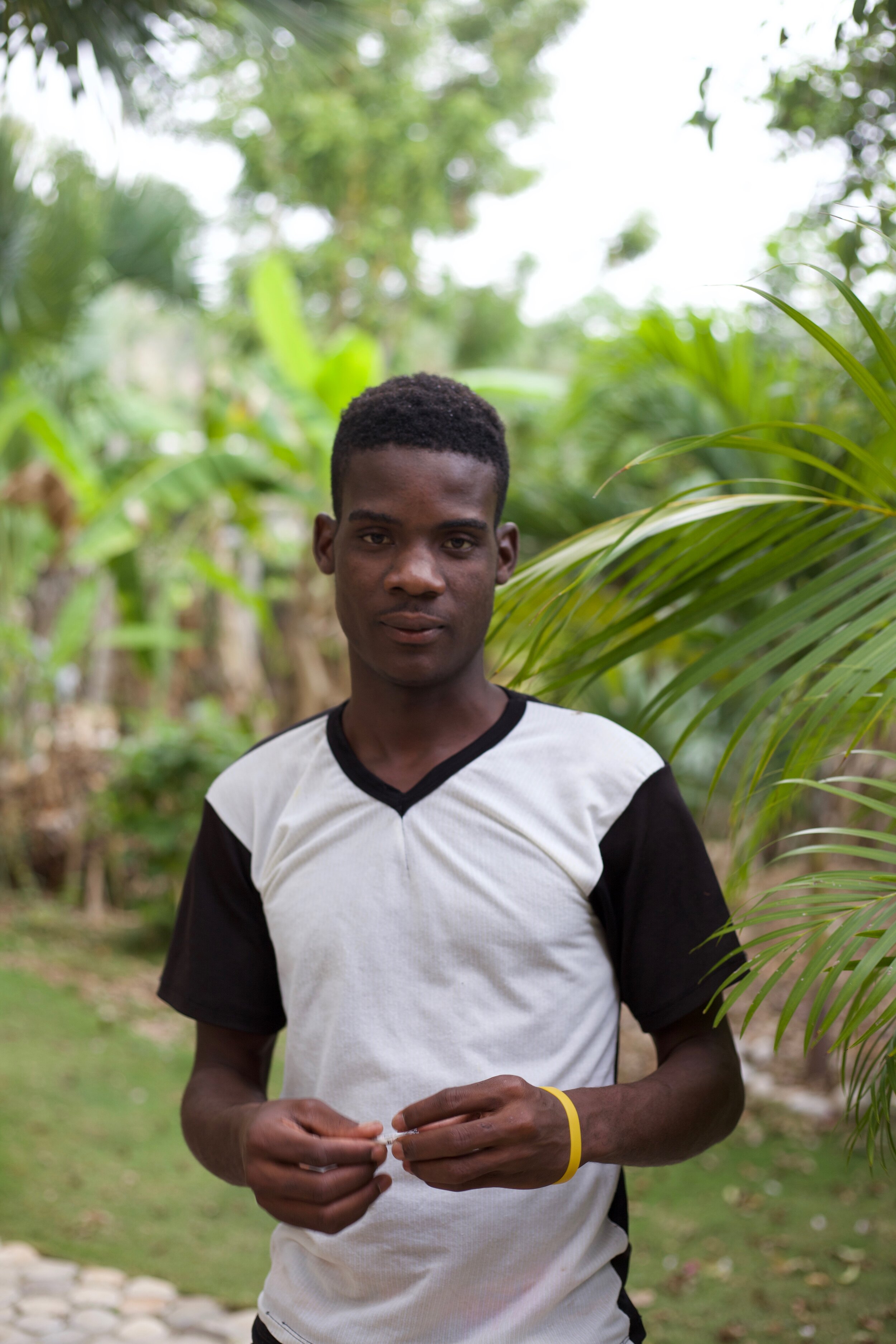OK, Janet.
Q 1. Where did your green thumb originate? I see everything from bananas to hot peppers growing in the Chic Chateau gardens. Was gardening always your passion?
I grew up learning how to grow things since as far back as I can remember, and I never really stopped. From my roots in rural Canada, to Africa and then the Caribbean, I found myself planting and harvesting, following an innate urge to help things grow.
For starters, I participated in producing a bounty of healthy food from my Mennonite family’s expansive home vegetable and flower garden. Mom took the lead and my six siblings and I pitched in while dad raised crops to feed the cattle.
On the Farm
As a child in rural Canada, I was exposed to the entire food production cycle. From perusing seed catalogues on winter nights, to sowing and tending the young plants through spring and summer, to harvesting and chomping into a delicious cob of sweet corn. And of course, I’ll never forget hearing the satisfying 'pop' as we opened jars of canned tomatoes, fruit and relishes we had sealed for preservation and use over the winter.
As a young girl I loved to help pound the stakes at the ends of the freshly tilled garden plot. Wound with twine and when pulled taut, they provided a guide for mom's hoe as she marked out long straight trenches in the loamy soil for beans, potatoes, corn and of course peas, tomatoes and lettuce. I remember finally being old enough to actually hold those tiny seeds; gently Mom tipped the package allowing a few at a time to slip into my open palm, then I sowed them carefully according to her instructions. I marveled that all this goodness came from such minute beginnings. The pointed rough star shaped beet seeds were my favorites. My passion for growing things had officially taken root.
I also learned how assorted flowers were strategically planted for both a colorful show in the garden and beautiful bouquets for the house, creatively arranged by Mom. She truly had a gift for flower arranging. From spring through fall she cut peonies, iris, then daisies, bachelors buttons and long stems of gladiolas, joined by sprigs of asparagus, and other leafy greens to form fragrant attractive center pieces for the kitchen table. It’s a tradition I still cherish and practice at Chic Chateau today.
Using my home grown experiences, if you can believe it, my first job off the home farm was picking strawberries for a neighbor and then tending spectacular iris and peony plants in a breeding nursery.
During high school I sought more than seasonal work and found part time work in institutional food services which led me to study nutrition, pairing my appreciation of home grown foods with comprehension of their relationship to good health.
2. I understand you’ve worked in international development for 30 years. What was your first international experience? Did you take gardening with you?
Yes, for sure. Soon after marriage we moved to Southern Sudan in East Africa to assist the country to get back on its feet following a long 17 year war. Living in humid tropics presented brand new challenges, particularly in growing our own food. In a town like Juba where there was little to buy we had no other choice but to grow and hunt our own.
Unfamiliar weeds, pests, inappropriate seeds and torrential rain lead to failure to propagate vegetables familiar to our palate. And so we called on local wisdom- "when in Rome do as the Romans". Soon we left behind hopes of growing squash, corn or potatoes. Instead we were eating the sweetest home grown papaya ever!
After a few years we were transferred from our dusty outpost to the capital, Khartoum, in the middle of the Sahara desert. There I picked up a few tricks on urban gardening systems with little-to no rainfall. I focused on herbs like basil, and have always included it in my gardens since.
3. When I hear you speak creole or see the home you’ve set up here in the South-East, it’s clear that Haiti is an adoptive country for you. Would you agree?
Yes, you could definitely say that. There's also the fact that I don't have a home anywhere else. This is my home, here at Chic Chateau in Petavi.















































